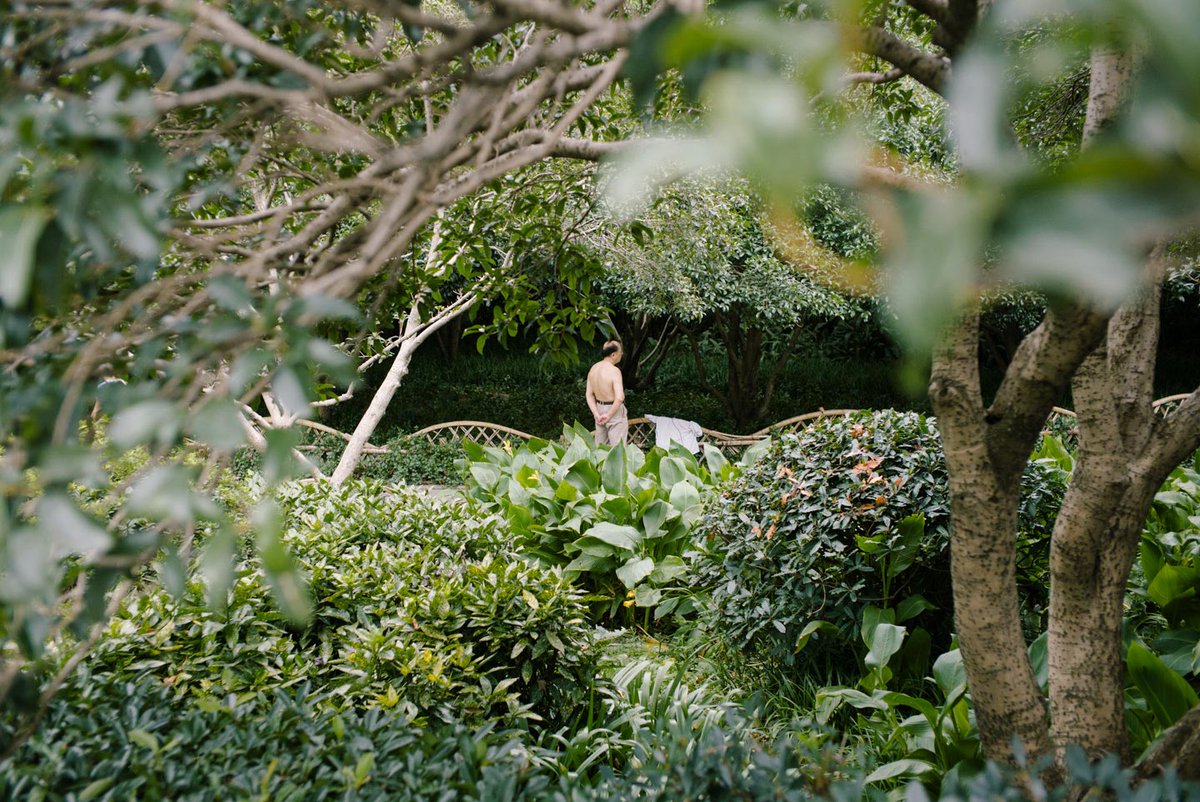
Whilst reading some photography blogs the other day I came across a really inspiring post on a series called Elimination Method by Japanese photographer Mankichi Shinshi. His work consists of documentary, street and travel photography however the way he captures people in his photographs has given me even more I feel I should consider, when taking my own observed and environmental shots of my subjects.
Elimination Method is an ongoing street photography collection by Shinshi in which his photographs capture people alone or isolated from a crowd in public places in Asia. Shinshi's photographs are all taken at a distance and capture scenes any of us could witness in public. However Shinshi describes that revealing these objective observations is not the purpose of his photography and instead his images are all about the contact point between society and his own life. In that these scenes are all about how he witnesses them through his own viewpoint. Shinshi describes that distance also factors into his photographs slightly as there is a grey area in terms of restrictions to take street photographs in Japan. However he also says that he stops photographing people when they do notice him as the picture will no longer be of interest to him if they are conscious of him observing and photographing them.

Visually I think these images are really special because they capture the distinctive colours in the urban landscapes of Japan, which gives more a sense of cultural identity to these environmental/observed portraits of strangers. The way the environment helps inform us more about the subjects in the photographs I find really intriguing as it reveals to me that there is more to capturing humanity then just photographing humans, and these images to me suggest that the environment is just as important as the person in the photograph. Therefore what you choose as the background and how you frame it, can have just as big an impact on how a portrait image is read by an audience.
The way Shinshi manages to isolate people in busy environments I think is really skillful especially with the more voyeuristic way he takes his photographs. They remind me of some of the photographs from Alex Prager's Face in The Crowd series which unlike Shinshi's photographs were staged and carefully planned out images. Whereas Shinshi's photographs are unstaged which I think is quite interesting because they explore the notion that public spaces are in fact stages to a certain extent. As people tend to present themselves differently in public in comparison to if they were alone at home.
 |
| Face in the Crowd, Alex Prager |




No comments:
Post a Comment